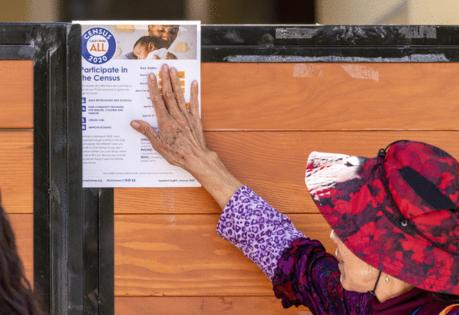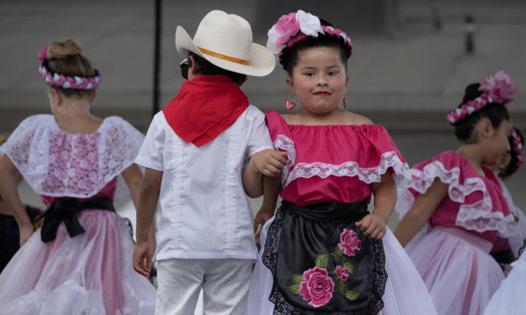Southern California set to be less white, at least in census data
Published in News & Features
It’ll be just one short answer on one government form, a few jots that figure to have only a limited impact on any individual’s day-to-day life.
But for Neda Sasani, 44, merely having the chance to respond to one of the new race options on the 2030 census is life-altering.
“I’m a lot of things,” Sasani said before rapidly clicking off several personal traits – a mother of two, an operating room nurse, an Iranian-American, a resident of Pasadena, a new and “very enthusiastic” pickleball player.
“But I’m not white.”
Nope. And the next census won’t force her to say she is.
The Office of Management and Budget, which runs the U.S. Census Bureau, announced in March that for the first time in 27 years it will make some fundamental changes in the way Americans can identify their racial and ethnic identities.
Specifically, the 2030 Census (and census-related surveys leading up to it) will include seven broad categories for race: White, Black or African American, Hispanic or Latino, Asian, American Indian or Alaska Native, Middle Eastern or North African, and Native Hawaiian or Pacific Islander. That’s up from five categories offered in previous censuses.
And while the census won’t entirely dump the long-running “ethnicity” question that in recent decades has alternately pleased and vexed some Latino people and groups that advocate for them, it will merge the idea into a single, catch-all question: “What is your race and/or ethnicity?”
That means people who identify as Latino or Hispanic – a concept that’s more popular in the United States than it is in Spanish-speaking countries around the world – can opt to be described as such racially. It also means American citizens and residents from countries in the Middle East and North Africa – a group that includes between 3.5 million people (if you believe the 2020 census) and up to 8 million people (if you believe some advocates) – will be able to list their race as MENA, meaning Middle Eastern or North African. Previously, their options were limited to “other” or “White.”
“For years, a government form would say I was one thing. But when I’d go to the store or whatever, particularly if I’m not in Southern California, that’s not how I was seen,” Sasani said.
...continued
©2024 MediaNews Group, Inc. Visit ocregister.com. Distributed by Tribune Content Agency, LLC.












Comments